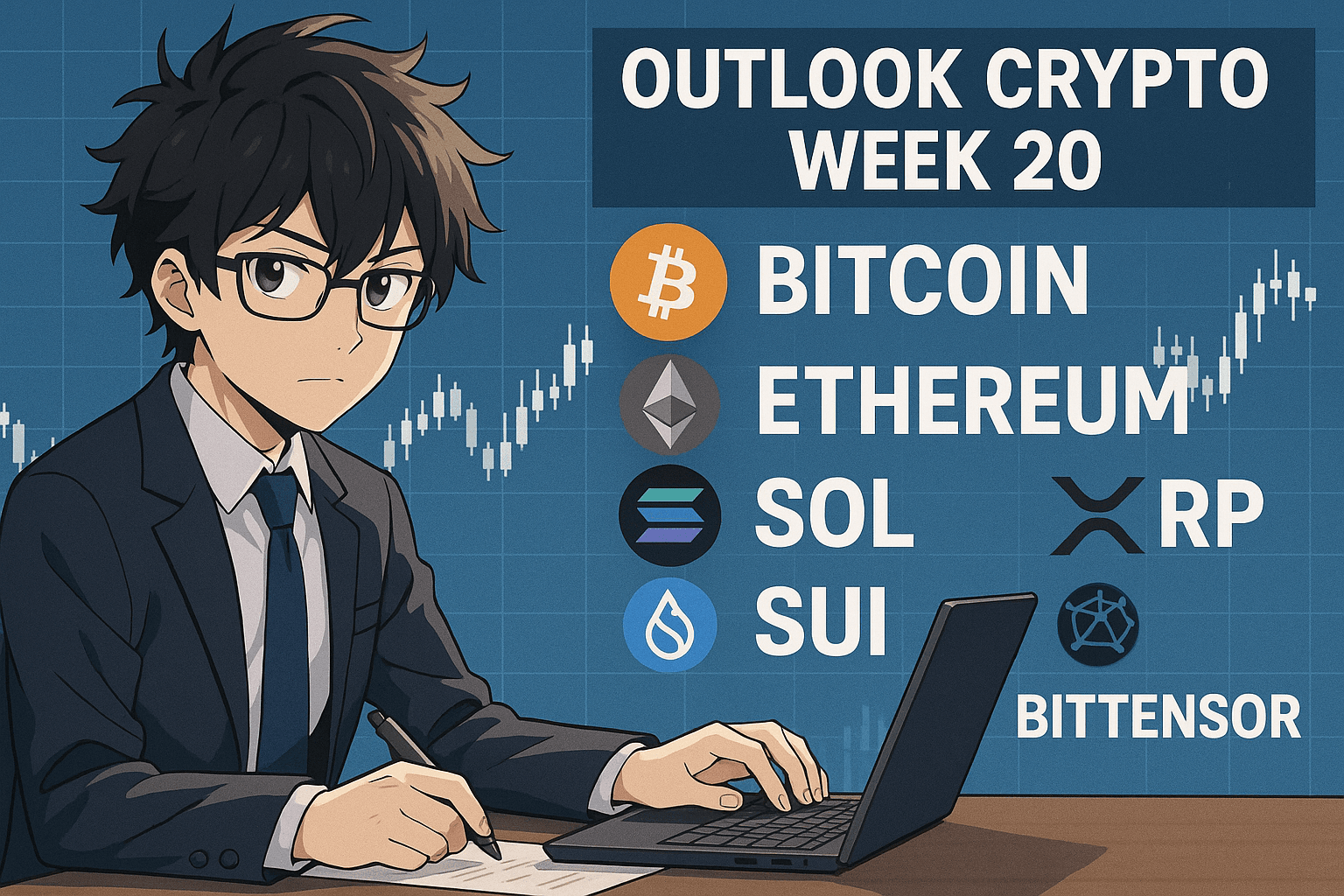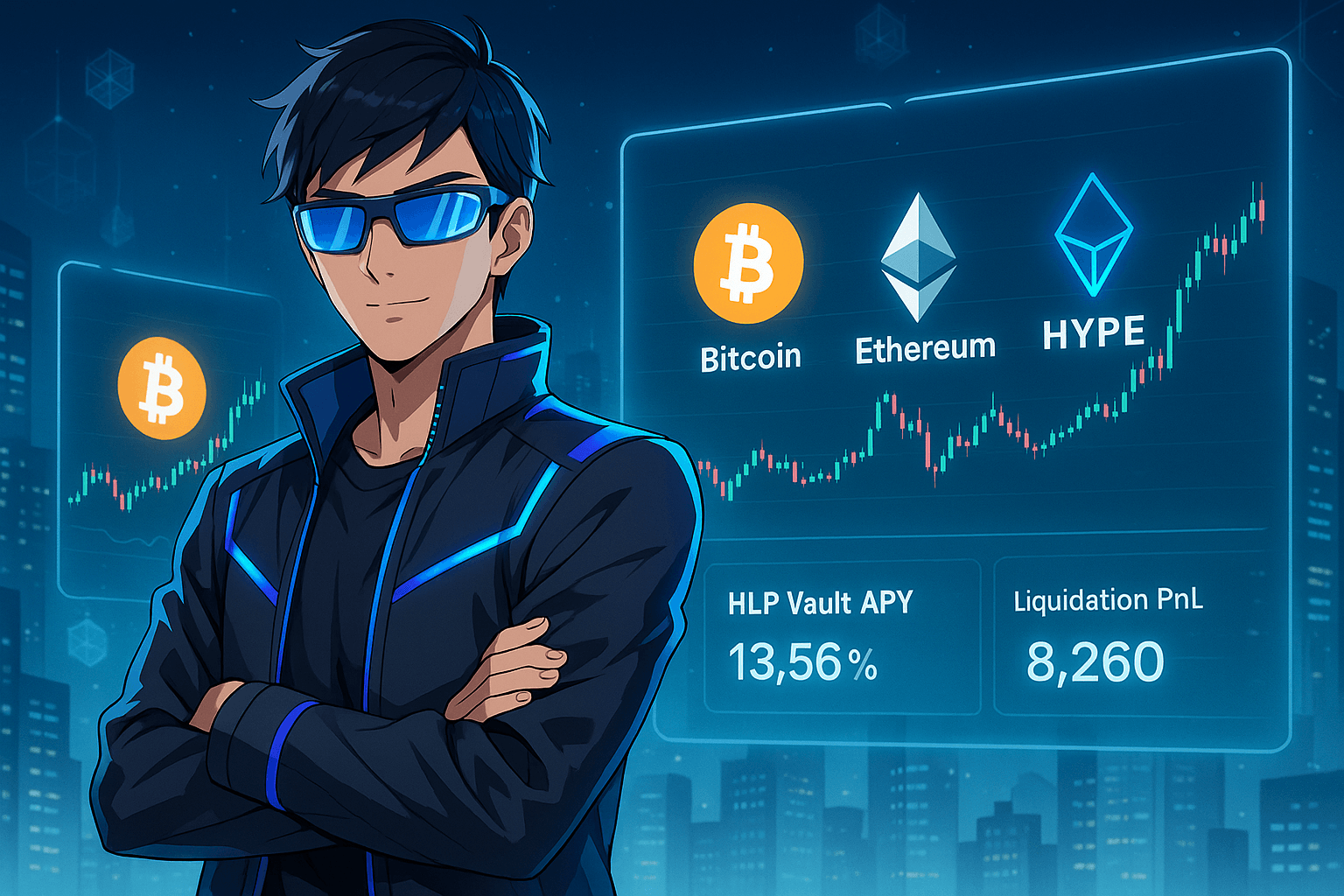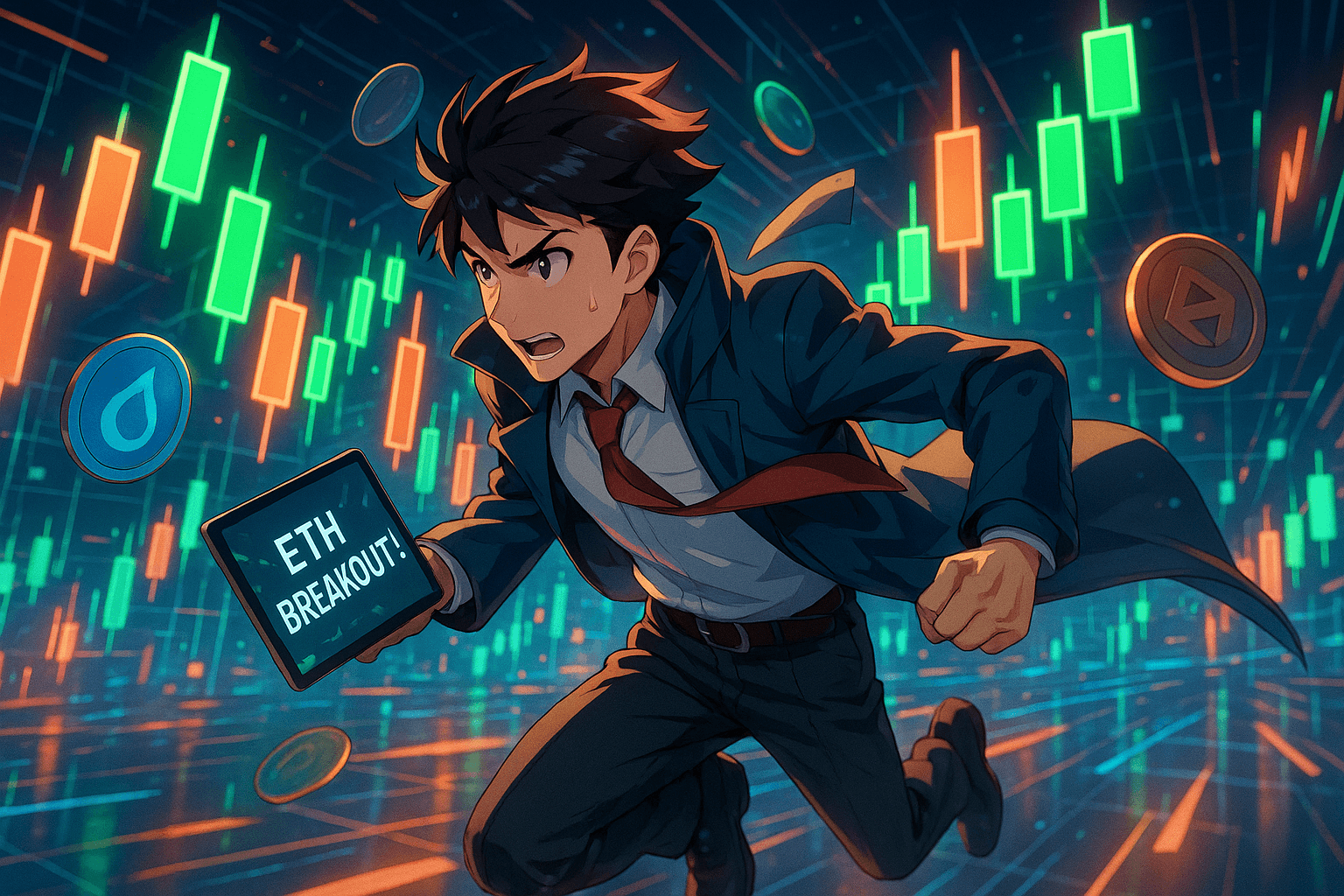GMX Beginner’s Handbook to Crypto Trading on the App, V1 vs. V2 Breakdown, and Their Pros & Cons
Welcome to the world of crypto trading! Whether you’re new to the game or have been in it for a while, mastering leverage trading on GMX can be your ticket to success. In this beginner’s handbook, we’ll take you through everything you need to know about trading on the GMX app.
From understanding the basics of leverage and margin trading, to comparing the features of V1 and V2 versions of the GMX app, we’ve got you covered. We’ll also discuss the pros and cons of both versions, helping you make an informed decision on which one suits your trading style better.
So buckle up and get ready to dive into the exciting world of leverage trading on GMX!
Understanding Leverage and Margin Trading
Leverage and margin trading are two important concepts in the world of crypto trading. Leverage refers to using borrowed funds to increase your buying power, essentially allowing you to trade with more than what you actually have. This can result in higher profits, but also carries a higher risk.
On the other hand, margin trading involves borrowing funds from a broker or exchange to make trades. This is done by putting down a certain percentage of the trade as collateral, also known as margin. Margin trading allows traders to enter larger positions with less capital, but it also amplifies both profits and losses.
Both leverage and margin trading require careful risk management and should only be attempted by experienced traders.
Also, it’s important to note that GMX offers a maximum leverage of 100x on both the V1 and V2 versions, making it a popular choice among traders.
A beginners guide on how to trade Crypto with leverage on the GMX app
To start trading cryptocurrencies with leverage on the GMX app, a decentralized exchange platform, you’ll first need an Ethereum-compatible wallet, such as MetaMask or Coinbase Wallet. GMX enables trading of BTC, ETH, and other leading cryptocurrencies with up to 50x leverage directly from your wallet, offering a self-custodial trading experience without price impact.
Here’s a simple beginner’s guide to get you started:
- Choose a Network: GMX operates on the Arbitrum One and Avalanche blockchains. Decide which network you prefer for your trading activities. Each network might have different liquidity and token availability.
- Bridge Funds: Transfer some cryptocurrency to your chosen network using a bridge. This is essential to start trading or providing liquidity. Ensure you have enough funds to cover your trades and potential margin requirements.
- Access GMX: Navigate to the GMX trading interface by visiting app.gmx.io/#/trade. Connect your Ethereum-compatible wallet to the platform.
- Initiate a Trade: On the trading page, you can choose to go long (betting the price will go up) or short (betting the price will go down) on the available cryptocurrencies. Adjust your leverage using the slider. Leverage amplifies both potential profits and losses, so use it wisely.
- Managing Trades: After opening a position, monitor it under ‘Positions’. You can adjust your trade by adding or reducing collateral as needed. Use stop loss and take profit orders to manage risk.
- Close Your Trade: You can close your position at any time. Be mindful of the fees associated with opening, maintaining, and closing leveraged positions.
Remember, leverage trading is risky and can lead to significant losses. Start with smaller amounts to understand the system and the market dynamics before increasing your exposure. Always do your research and consider your risk tolerance.
GMX V1 vs. V2: What’s the difference?
The difference between GMX V1 and GMX V2 lies in the introduction of synthetic markets and other significant enhancements aiming to expand the platform’s capabilities and user experience.
V1
GMX V1 established a foundation with a unique trading system and liquidity pool (GLP), enabling users to engage in leverage trading and swaps directly from their wallets without price impact. This version focused on creating a decentralized exchange where traders could open leveraged positions through a simple swap interface, and liquidity providers could contribute to the GLP pool for a share of the trading fees, without suffering impermanent loss. The ecosystem was bolstered by community-built tools and collaborations, enhancing the trading experience and fostering a sense of ownership and participation among its users.
V2
Moving to GMX V2, the platform seeks to innovate further by introducing synthetic markets. These synthetic assets will allow trading of digital representations of various underlying assets, both from within and outside the blockchain realm, significantly broadening the scope of tradable assets on GMX. This progression towards synthetic markets marks a pivotal evolution in the platform’s offering, aiming to provide users with a more comprehensive and diverse trading environment.
Additionally, V2 is expected to bring enhancements in UI and UX, continuously improving the platform’s usability and appeal to a wider audience. The vision for GMX also includes the development of ‘X4, Protocol Controlled Exchange’ and GMX Swap, advancing towards an Automated Market Maker model that enables other DeFi projects to build atop its liquidity pools with customizable functions.
These advancements signify GMX’s commitment to not just maintaining its position as a user-friendly DEX for on-chain leverage trading but also expanding its ecosystem to include a wider range of trading instruments and functionalities, making it more versatile and appealing to a broader audience. So, whether you’re a beginner or an experienced trader, GMX is continuously evolving to cater to your trading needs and provide a seamless and secure trading experience. Keep an eye out for further updates and enhancements as the platform continues to grow!
Pros and cons of both V1 & V2
GMX Version 1 and V2 each present unique advantages and challenges as the platform evolves to cater to the growing demands of the DeFi ecosystem.
GMX V1 Pros:
- Self-Custodial Trading: V1 emphasizes a decentralized and trustless trading environment. Allowing users to retain full custody of their assets while engaging in leverage trading and swaps.
- Zero Price Impact Trading: Through an innovative swap interface, V1 enables trading with zero price impact, offering cost savings and optimal entry points for traders.
- Liquidity Provision with Attractive Yields: The GLP liquidity pool allows users to provide liquidity in exchange for fees, with the unique benefit of no impermanent loss. Which is attractive for liquidity providers looking for stable returns.
- Community Engagement: The platform has cultivated a strong community sense with tools and projects developed around GMX. Enhancing user engagement and platform utility.
V1 Cons:
- Limited Asset Range: Initially, V1’s trading options were confined to the assets within the GLP pool, limiting the diversity of trading strategies.
- Lack of Advanced Trading Instruments: Without features like synthetic assets, traders will look for a broader range of financial instruments on other platforms.
GMX V2 Pros:
- Introduction of Synthetic Markets: V2 expands the trading landscape significantly by introducing synthetic assets. Offering traders access to a wider range of underlying assets beyond cryptocurrencies.
- Enhanced UI/UX: Continuous improvements in the platform’s interface and user experience. GMX aim to make trading more accessible and appealing to a broader audience.
- Vision for Advanced AMM Features: The planned development of ‘X4, Protocol Controlled Exchange’ and GMX Swap. Indicates a move towards a more versatile AMM model. That could offer customizable liquidity pool functions.
V2 Cons:
- Complexity for Users: The introduction of synthetic markets and advanced trading features might increase the learning curve for new users, potentially making the platform less accessible to beginners.
- Implementation Challenges: As with any upgrade, there’s a risk of implementation challenges that could affect platform stability and user experience during the transition period.
Should you trade with GMX V1 or V2?
Ultimately, the decision of which version to use will depend on your personal trading preferences and risk tolerance. Both versions have their unique advantages and cater to different trading needs.
With V1 , you don’t have impermanent loss and with V2 you have cheaper transaction cost and funding compare to V1.
Whichever version you choose, GMX’s commitment to continuous improvements and community engagement ensures that both versions will continue to evolve. ANDprovide a reliable and user-friendly trading experience.
FAQs
Can I still use GMX V1 after V2’s launch?
Yes, GMX V1 will remain accessible for trading even after the launch of V2. However, as the platform evolves and develops new features on V2. It is recommended to keep an eye out for updates and consider transitioning to V2 for a more versatile trading experience.
Will there be any changes in fees with GMX V2?
At this time, there are no planned changes to fees with the launch of GMX V2. However, as the platform evolves and introduces new features, there might be adjustments to fees in the future.
Can I provide liquidity on both versions of GMX?
Yes, users will have the option to provide liquidity on both versions. However, it is essential to note that different versions have unique liquidity pools, and way pf providing liquidity.
Conclusion
With the launch of GMX V2, the platform aims to provide a more comprehensive and versatile trading environment for users. Whether you prefer the simplicity of V1 or the advanced features of V2. GMX is continuously evolving to cater to a wider audience and meet the growing demands of the DeFi ecosystem.
Stay tuned for further updates and enhancements. As GMX strives towards its goal of becoming the go-to DEX for on-chain leverage trading and beyond. Happy trading! (GMX V1 and V2 will be referred to as different versions)
GMX is a true pioneer in the DeFi world. It constantly pushing for innovation and setting new standards for decentralized trading platforms. With customizable functions and a commitment to user-friendly experiences. GMX is continuously evolving to cater to the needs of both beginner and experienced traders.




2 thoughts on “GMX leverage trading on decentralize app: own everything”